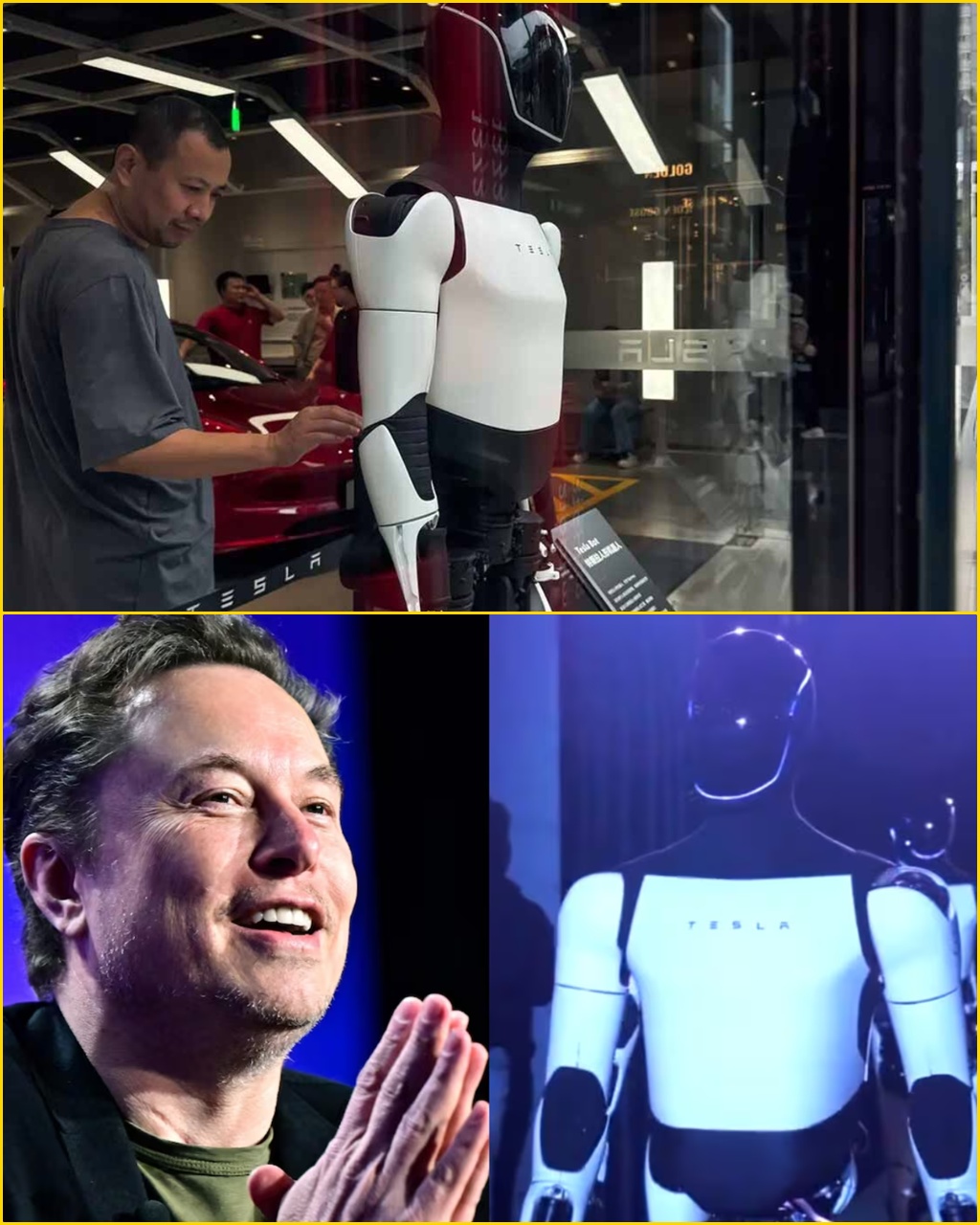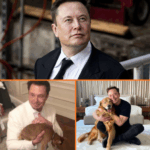In a bold declaration that underscores the scale of his futuristic ambitions, Elon Musk has revealed that Tesla will require an estimated $1 trillion to fully develop and deploy its groundbreaking humanoid robot army. The announcement highlights the enormous technological, financial, and logistical challenges involved in creating intelligent machines capable of operating autonomously across multiple industries.
The investment, Musk explained, would fund every stage of the Optimus project — Tesla’s flagship initiative in humanoid robotics — from research and development to large-scale production and deployment. The robots are intended to perform a wide variety of tasks, including manufacturing, logistics, and potentially more advanced roles, complementing human labor and enhancing productivity.

“The scale is massive, but the potential impact is even greater,” Musk said. “We are not just building machines — we are building a workforce capable of operating autonomously or collaboratively with humans.”
Tesla’s robot army integrates advanced AI algorithms, high-precision sensors, and mobility systems, enabling the machines to navigate complex environments and perform tasks that were previously impossible for automated systems. Musk’s vision is for a fleet of robots that can operate independently or alongside humans, potentially transforming industries from factories to warehouses — and beyond.
Experts have noted that while $1 trillion may seem staggering, it reflects both the long-term potential of such a venture and the complexity of scaling robotics to a global workforce. Challenges are plentiful: technological hurdles remain, regulatory approvals are likely to be rigorous, and ethical concerns surrounding automation and AI governance continue to spark debate.
Dr. Amanda Lee, an AI ethics researcher, commented:
“Deploying humanoid robots at this scale is unprecedented. The potential benefits are enormous, but so are the risks. Oversight, safety, and ethical frameworks must be in place before we see robots integrated into society on this level.”
Musk’s announcement also signals the growing ambition of tech innovators to reshape the future of work, accelerate automation adoption, and redefine how industries operate. If Tesla succeeds, the Optimus robot army could mark a turning point in industrial operations, augmenting human labor and creating efficiencies that were previously unimaginable.
Social media and industry forums reacted immediately, with some praising Musk’s vision as a revolutionary step forward in robotics, while others expressed skepticism about feasibility and the ethical implications of large-scale humanoid AI.
Regardless of public opinion, Musk remains steadfast. His vision positions Tesla not just as a car company, but as a pioneer in intelligent robotics, aiming to push the boundaries of technology and productivity to levels the world has never seen before.
“We are looking at a future where robots are an extension of human capability,” Musk concluded. “It’s ambitious, yes — but the future of industry, and perhaps humanity, depends on it.”
With a $1 trillion price tag and global attention, the Tesla robot army may soon become one of the most transformative projects in the history of technology — a vision that could reshape the workplace, society, and the very concept of what humans and machines can achieve together.
News
‘I Won for Bullying You Into Fatherhood!’ — Pusha T Fires Back After Drake’s Explosive Twitter Rant Reignites Their Infamous Feud
The internet is in meltdown mode after Drake and Pusha T reignited one of hip-hop’s most iconic and brutal feuds…
Lil Wayne Just Bought a $13 Million Bel Air Mansion — Only to Demolish It Completely! Inside His Audacious Plan to Build the Ultimate Mega-Compound
In a move that’s left fans and real estate insiders speechless, Lil Wayne has reportedly purchased a $13 million mansion…
Tra-gic Identity REVEALED: 20-Year-Old Yubin Tamang Confirmed as Victim in Ghetts’ Alleged Hit-and-Run — Family’s Heartbreaking Statement Breaks the Nation’s Silence
The young man killed in the shocking hit-and-run involving British rapper Ghetts has now been identified as Yubin Tamang, a…
Cillian Murphy and Helen Mirren Set the Screen Ablaze in a Seductive Spy Thriller That Turns Every Secret Into a Weapon — The Explosive New Series Premieres Tonight and Critics Say It’s ‘Pure Cinematic Poison’ (In the Best Way Possible)
Tonight, television gets dangerous. Two of Britain’s finest — Cillian Murphy and Dame Helen Mirren — collide in a new…
This Is the British Spy Drama Everyone’s Whispering About — Emilia Fox Stuns in a Sunlit Thriller That Turns Paradise Into a Trap of Lies, Love, and Deadly Secrets
Forget everything you know about British crime television — this isn’t another cozy whodunit with teacups and tidy endings. Emilia…
Sally Wainwright’s Fearless New BBC Drama Is Being Hailed as ‘Happy Valley Meets Punk Rock’ — A Gritty, Unapologetic Story of Five Women Who Refuse to Stay Silent, and a Creator Who’s Never Been Braver
When Sally Wainwright creates a drama, the nation listens — and this time, she’s traded police precincts for punk guitars,…
End of content
No more pages to load










